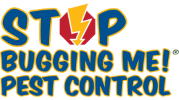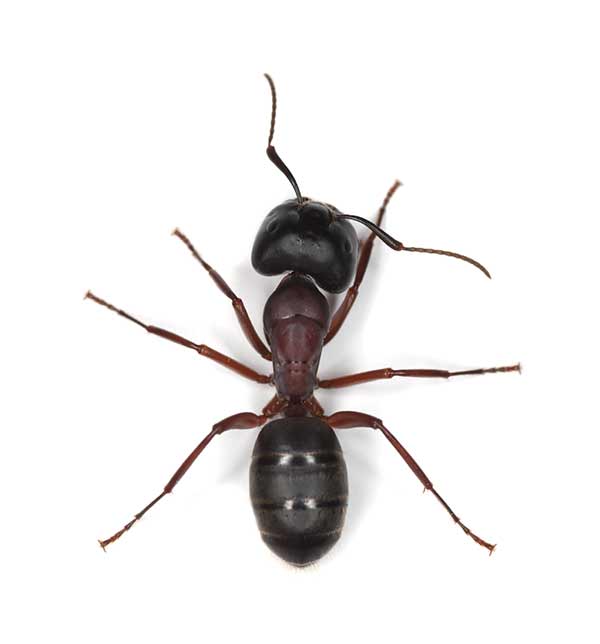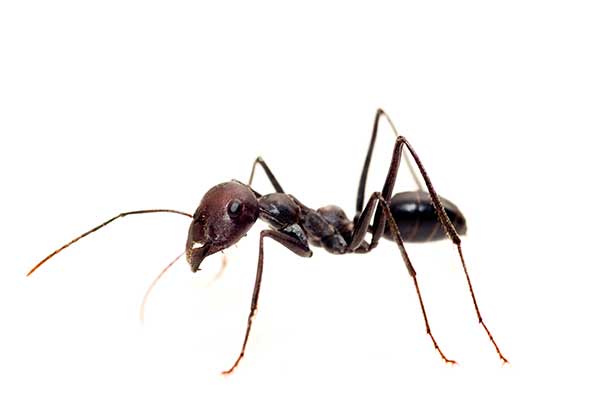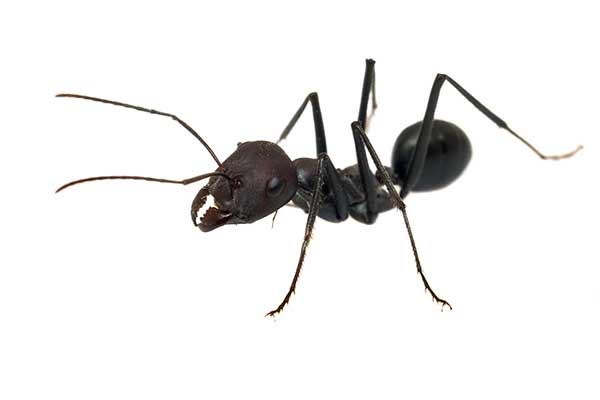Ant Control and Extermination
“We’ve been using these guys for a few years now. We started out using them because we had carpenter ants. They were very helpful in explaining what the ants were looking for and doing, and completing the necessary repeat treatments to get rid of them. We have them come out every three months and haven’t seen any ants in the house since the summer. I will keep using these guys to keep it that way. The technicians are always courteous.”
Traci J.
Edmonds, WA
Stop Bugging Me Pest Control’s Ant Service includes the following:
- Inspection – A thorough inspection will be conducted to identify the ant species and conditions that may be conducive to infestations.
- Treatment – Based on the diagnosis, your Stop Bugging Me Pest Control technician will determine appropriate measures of control to exterminate the particular ant species. In most cases, ant services involves treatment of wall voids and a liquid application in the interior and perimeter of the home.
- Follow up – Written recommendations will be made to correct conducive conditions for ant infestations. A maintenance program is strongly recommended due to the movement of ant nests and trail locations. Our monthly and bimonthly Recurring Service program comes with the peace of mind warranty meaning that re-treatments between visits come at no additional charge.
Call Stop Bugging Me to Get Rid of Ants Today!
206-812-7203
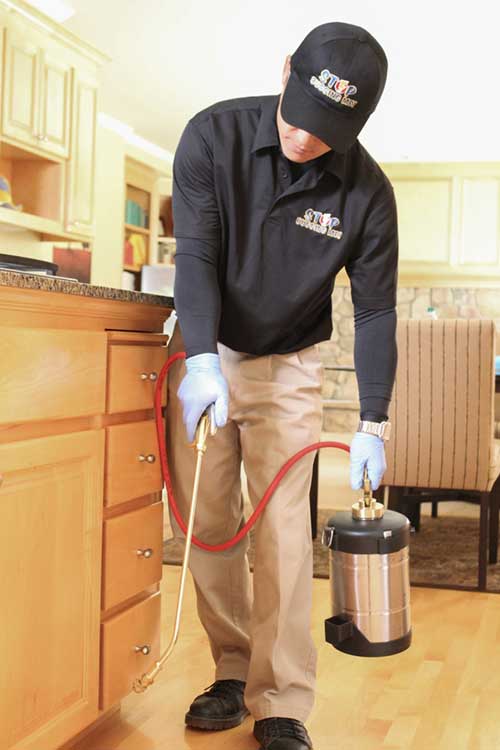
Facts About Ants in the Seattle Area:
Ants are one of the most commonly reported pests in Washington homes. They are highly social and resilient, which means if you see one ant, it’s likely there’s a whole colony (or multiple colonies) nearby. The development and life cycle of ants can be categorized in the following stages: egg, larva, pupa and adult. Ant eggs, which are very small (less than 1mm), vary in shape depending on the species. The larva is typically white but can also vary in size and shape depending on the species. During the pupal stage, ants look like adults but their appearance is soft and white and they are motionless. Adult ants vary in appearance depending on the species but are typically characterized by having a strong constriction petiole “waist” and elbowed antennae. Worker ants vary in color and are hard-bodied.
Identify and Control Ant Infestations with These Tips:
Trim bushes and trees…
Tree branches and shrubs should be trimmed away from the home to eliminate ant access.
Keep things clean and dry…
Ants wander into homes in search of food and water. Keep areas clean and dry to minimize the enticing scents that attract ants.
Extinguish trails…
Scout ants leave an invisible trail of pheromones for other ants to follow. Scrub areas with a mild dish soap and warm water solution to remove traces of trails.
Seal entryways…
Place caulk, a sealant, around exterior doors, baseboards, cupboards, pipes, ducts, electrical outlets and sinks to block entryways.
Why you should call the pest control experts if you suspect an ant infestation:
An established ant colony can have as many as 100,000 ants. Over-the-counter chemicals and treatments are often ineffective because ants are adept at traveling around them. The most effective way to eliminate ant infestations is to have a professional pest control technician provide treatment.

